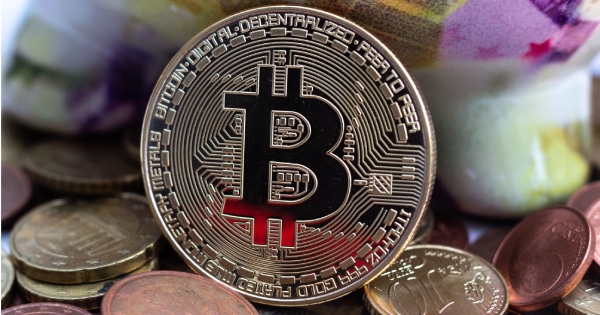When one variable increases when another also increases or vice versa, the two are said to be correlated. If the opposite happens and the movement is opposite each other, then these are negatively correlated. If the movement of one has nothing to do with the other, then these are not correlated.
At the moment, the crypto sector is correlated with the tech sector, particularly the NASDAQ. This is probably due to the fact that most buyers of tech stocks and crypto are people who are not risk averse and have extra cash. The ones buying tech stocks are also buying crypto, although there are some who just buy crypto or tech stocks. But the patterns are similar.
When there is excess liquidity in the system, such as when the governments globally gave citizens money during the pandemic, a lot of these find their way into “risk” assets such as tech stocks and crypto.
However when the Fed started raising rates in 2022, by almost 500 basis points as of April 2023, the liquidity suddenly disappeared. Banks did not want to lend, and thus cheap debt disappeared. Money for speculation suddenly disappeared.
There are many who now think that the Fed or any other central bank shouldn’t have the power to just change their lives arbitrarily. They are now looking for means to decouple from the system which puts the world on either an inflation or recession path simply because the Fed says so.
These people are hoping that crypto will decouple and do its own thing, independent of what central banks want. In other words, they want crypto to decorrelate from traditional finance.
One manifestation of this is how crypto, as of April 2023, was still doing well despite talk of a recession and low liquidity. What was going for it was a loyal base that is not that interested in other financial instruments.
For Bitcoin and Ethereum in particular, the fact that the supply is either fixed (in the case of Bitcoin), or being reduced (in the case of Ethereum) means that both are deflationary, and goes against typical fiat currencies that can just be printed. The US M2 money supply, which tracks the amount of money in US circulation [see https://fred.stlouisfed.org/series/M2SL]shows that the M2 suddenly skyrocketed upward in 2020, reflected the sudden inrush of new money printing during the pandemic. This is the cause of the high inflation in the U.S. and other countries which also did the same.
Advocates of Modern Monetary Theory (MMT) believe that printing of fiat money can be done as long as it leads to the creation of new jobs, and hence added GDP and possibly productivity. However that excess money in 2020 was simply released to prevent people who could not go out and work from starving.
Still that event, and the current $32T US deficit, is at odds with what Vienna School and Milton Friedman Chicago School advocates believe, that overprinting of money should not be done. Many in this camp believe that Bitcoin, and some believe also that Ethereum, is one solution to the possible future failure of fiat currencies globally.
These days many people are also having second thoughts about banks. Though just to stress, we do need banks, since our economy runs on loans to businesses, home and car buyers, and the like. A new trend in crypto called Decentralized Finance (DeFi) gives the user the power to get loans with collateral, lend funds, deposit for interest, and other functions that would normally require a bank, and instead use a smart contract on a blockchain to do those functions.
Will crypto decouple from everything else? If nothing changes in the traditional financial system, it probably will. More importantly, it should. Crypto is a possible solution to the excesses of our current financial system, and shouldn’t try to recreate but instead reinvent it.

